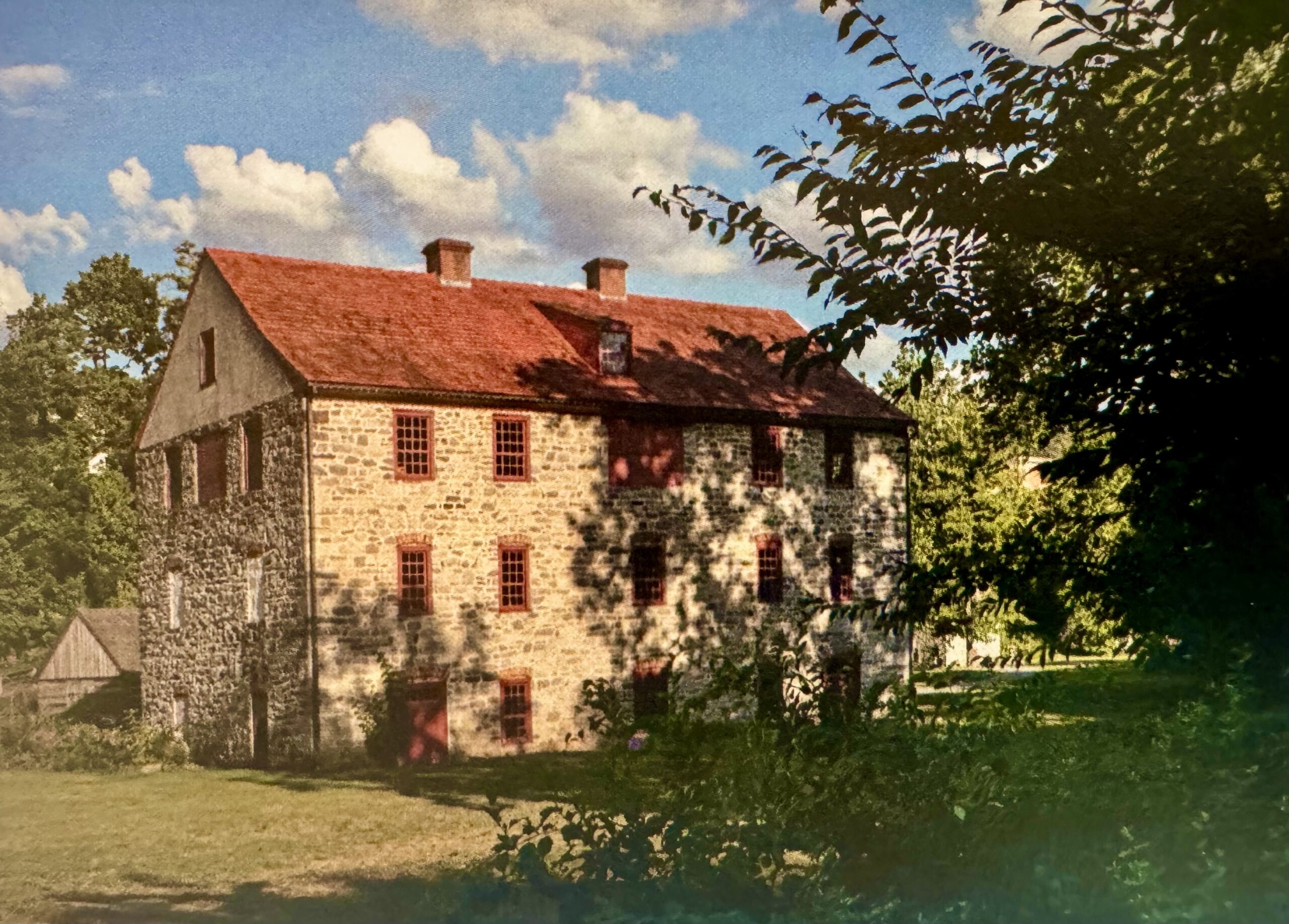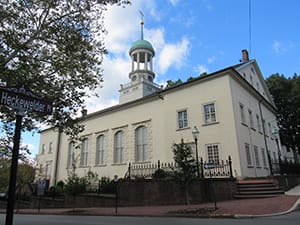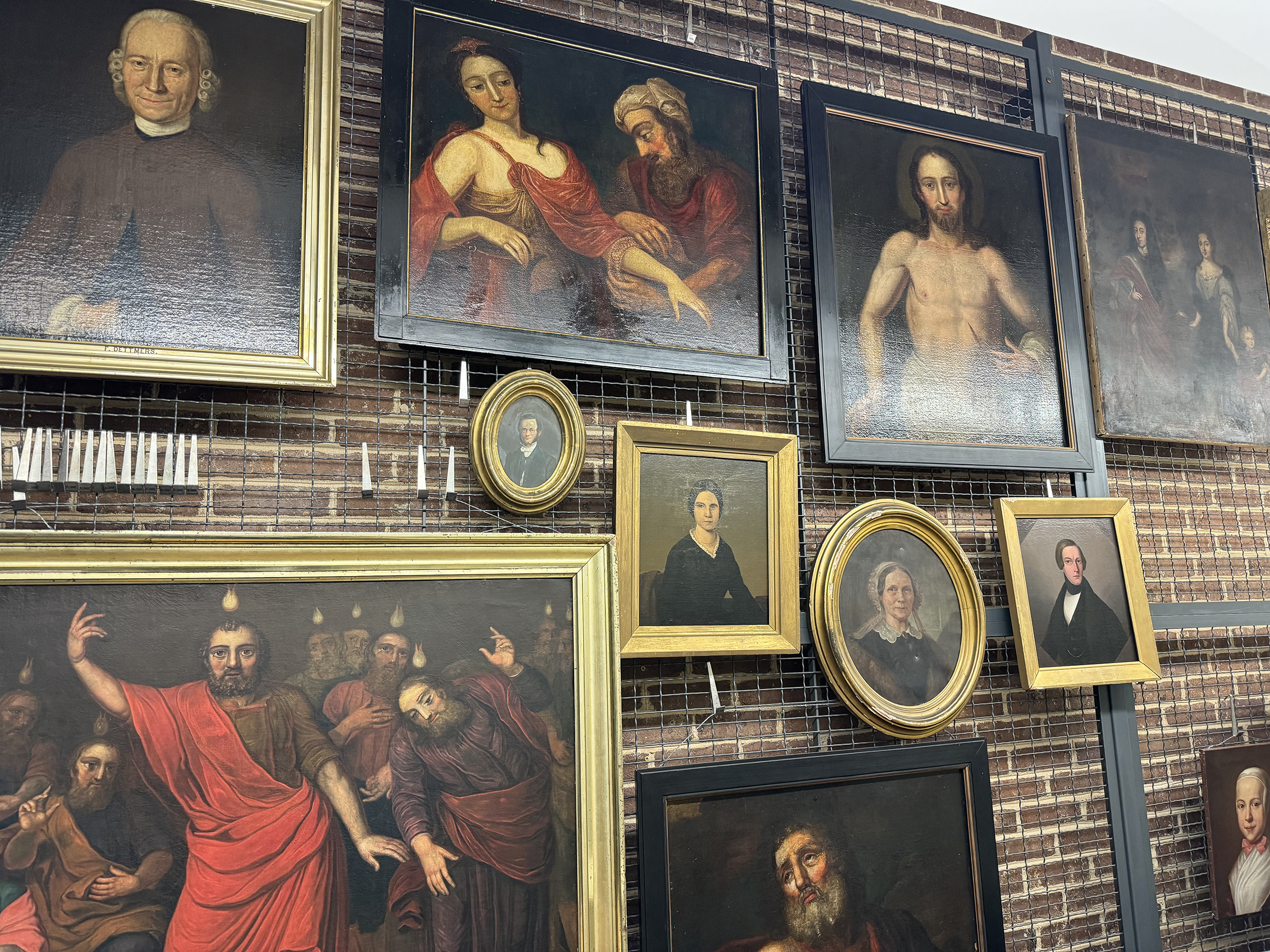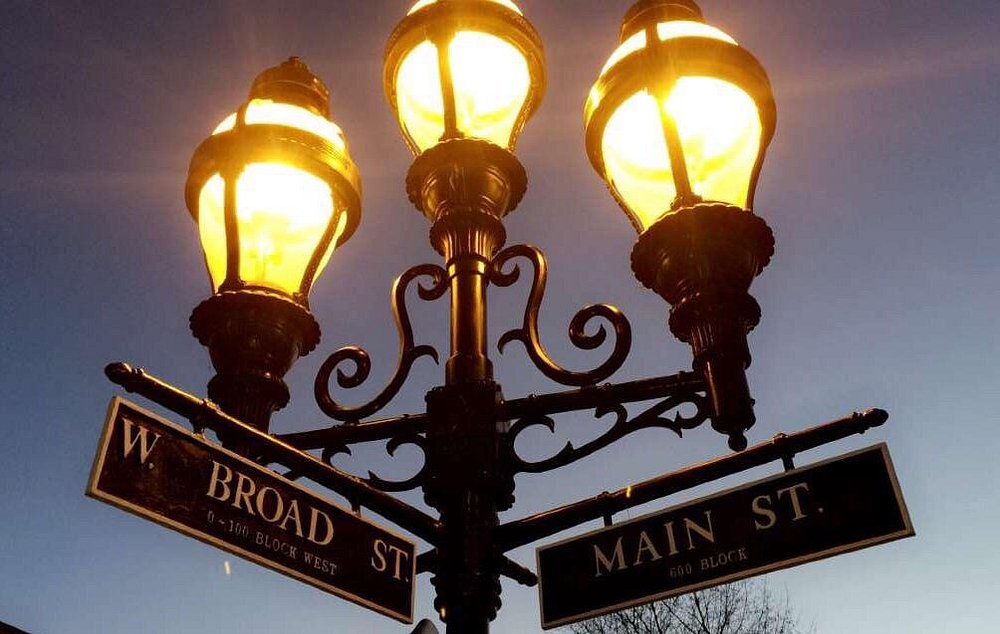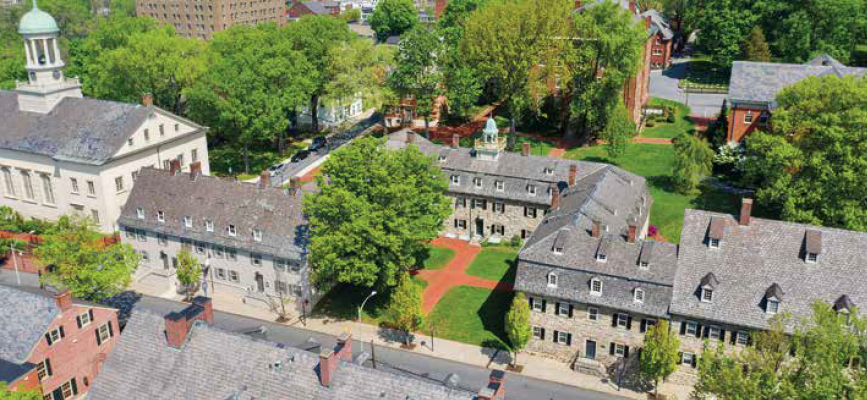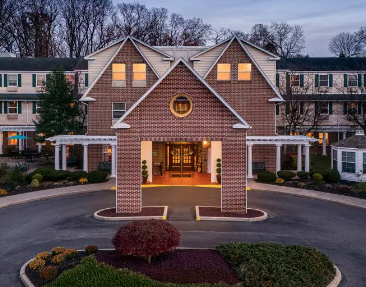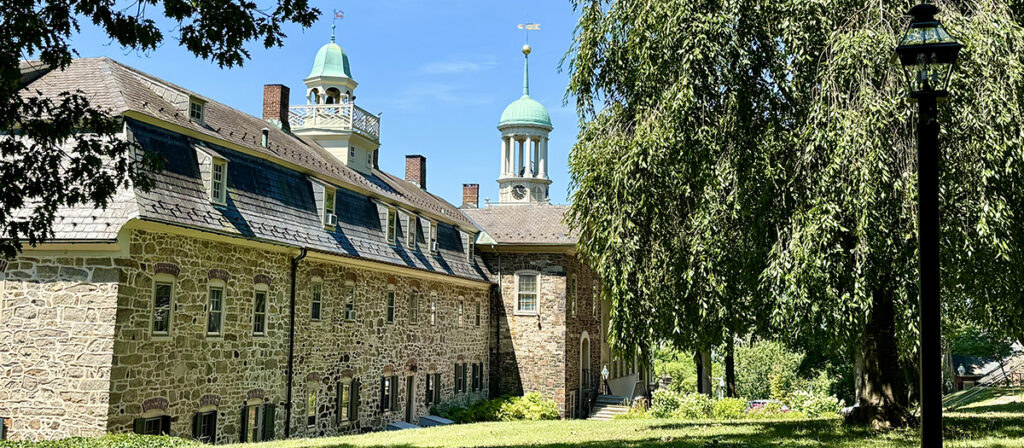
Bethlehem
Moravian Church Settlements – Bethlehem is situated in the heart of the City of Bethlehem, in the Commonwealth of Pennsylvania, USA, 90 miles west of New York City and 50 miles north of Philadelphia.
Today, the city has a population of just over 75,000.
Moravian Church Settlements – Bethlehem was established in 1741 near the confluence of the Monocacy Creek and Lehigh River to house a congregation of Moravian Church immigrants from Europe and to support missionary outreach to Native Americans.
This was funded by a General Economy concentrated in the community’s Colonial Industrial Quarter and supplemented by light manufacturing in the Choir Houses.
Bethlehem incorporates a significant collection of early Moravian Church buildings including:
- 1741 Gemeinhaus: 66 West Church Street
- 1746 Bell House: 56 West Church Street
- Single Sisters’ House: 50 West Church Street
- 1768 Widows’ House: 53 West Church Street
- 1751 Old Chapel: 64 West Church Street
- 1806 Moravian Church Sanctuary: 400 Main Street
- Second Single Brethren’s House: 99 West Church Street
- Colonial Industrial Quarter: 459 Old York Road
- God’s Acre Cemetery: 1501 North New Street
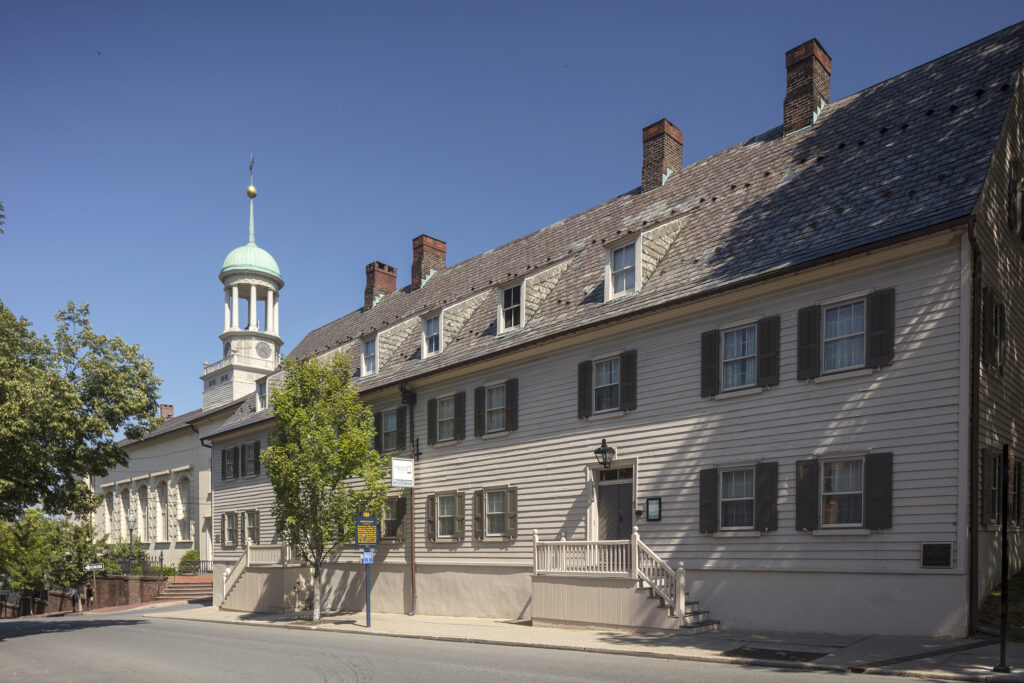
The site along the Monocacy Creek also emphasizes the Moravian Church’s technological and industrial importance.
The historic God’s Acre cemetery is located along Market Street.
The site also emphasizes the Moravian Church’s technological and industrial importance. Its industrial quarter features the pioneering 1762 Waterworks (the first pumped municipal water system in North America and a National Historic Landmark) and the 1761 Tannery (the only 18th-century Moravian industrial building extant in the world), and the archeological remains of the dye house, oil mill, pottery, and butchery.
Moravian Museum of Bethlehem, now part of Historic Bethlehem Museums & Sites, has been preserving the artifacts and sharing the stories of Moravian Bethlehem since the 1930s.
Bethlehem was the first permanent Moravian Church settlement in North America and served as the primary religious and administrative center of the Moravian Church, significantly influencing the Church’s expansion in North America and the Caribbean.
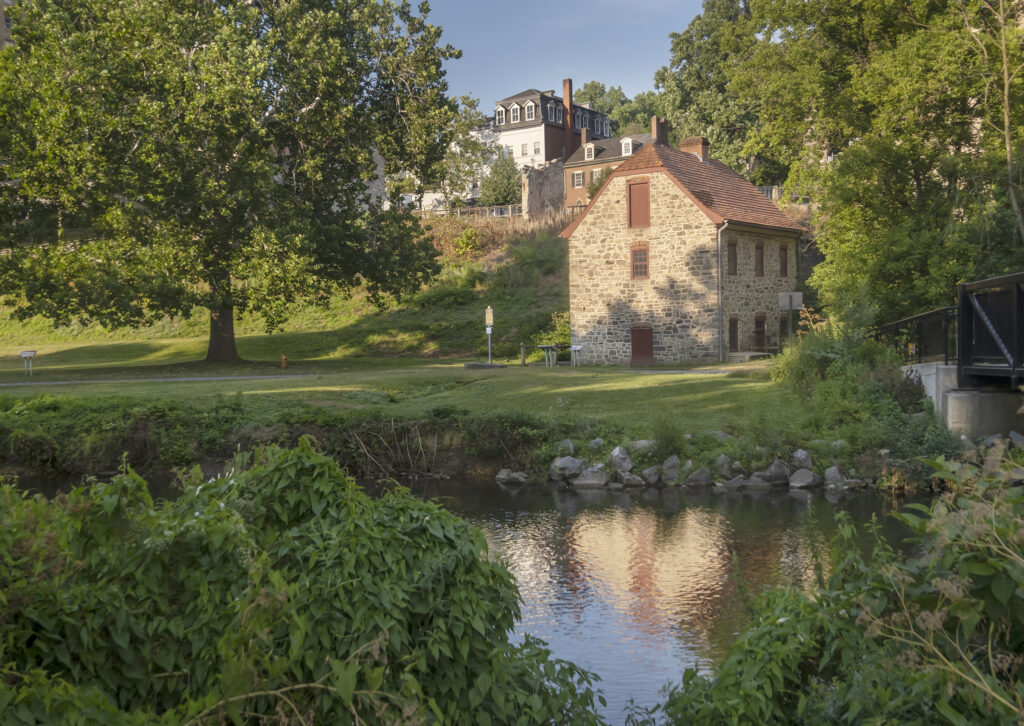
Today, Central Moravian Church, part of the Moravian Unity’s Northern Province of North America, is one of six active Bethlehem Area Moravian congregations — which continue to maintain strong ties to their heritage.
Moravian University traces its roots to 1742, when Benigna von Zinzendorf, the daughter of Count Nikolaus Ludwig von Zinzendorf — a prominent leader of the early Moravian communities — founded a girls’ school. This marked a pioneering commitment to educating women.
The women’s school eventually became Moravian Seminary and College for Women. A men’s school was established months later and eventually became Moravian College and Theological Seminary.
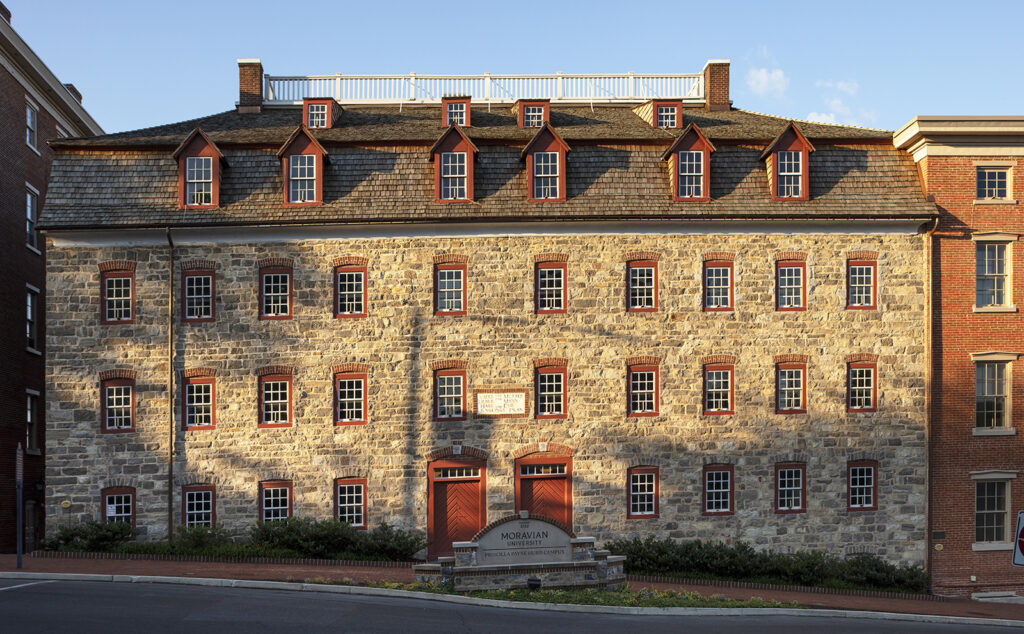
The institutions existed independently until 1953 when the schools combined to create Moravian College, the first co-educational college of the Lehigh Valley. Moravian College became Moravian University in 2021 and traces its founding back to the original girl’s school, making it the sixth oldest college in the nation.
The Moravian’s pioneering expansion of those who should be educated forever changed access for all throughout the world — this living history continues today on Moravian University’s historic campuses.
The Bethlehem Area Moravians (BAM) organization continues the mission of the original Bethlehem Moravian settlers — architects behind many of the buildings now part of the World Heritage Site. BAM’s objective extends beyond preserving the legacy and integrity of these historic structures; it also seeks innovative approaches to outreach, mission, and charity to benefit the residents of the Lehigh Valley.
Through its subsidiary entities including the Moravian Village of Bethlehem and the Moravian Development Corporation, the organization offers housing and support services to the elderly community of Bethlehem. This comprehensive approach ensures that the legacy of the Moravian settlers continues to make a meaningful impact on today’s society.
